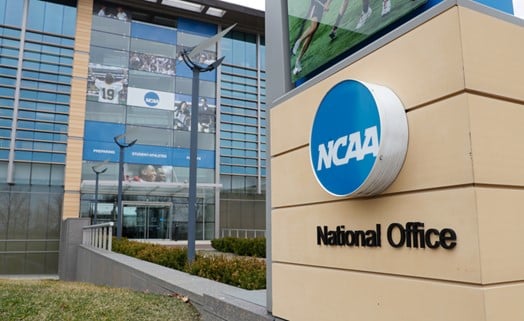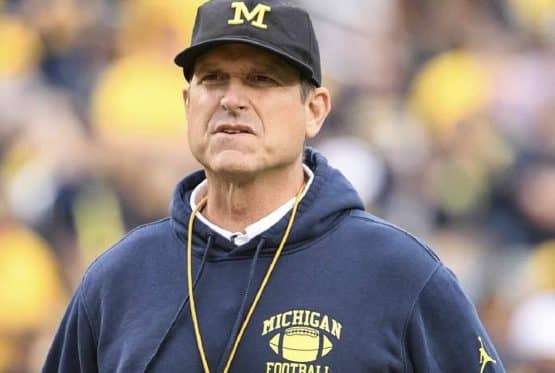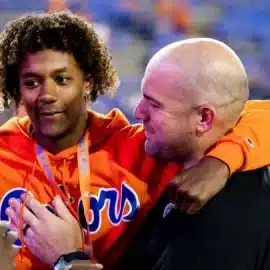In light of Michigan’s current NCAA investigation for sign-stealing, it’s become crucial for many to understand the intricate workings of the NCAA’s Division I Infractions Process. This system, set up by the NCAA, is designed to ensure fairness, transparency, and integrity among NCAA schools. Let’s dive into the step-by-step procedure and shed some light on the process.
1. Investigation
The infractions process starts with the creation of rules by the NCAA. Once these rules are in place and a potential infraction is reported or suspected, an investigation is initiated. This is the stage where the enforcement staff gather information about potential violations and determine the facts. This is currently the stage Michigan is at in the college football sign-stealing investigation.
2. Notice from NCAA
After the investigation, if the enforcement staff finds enough evidence pointing to a potential infraction, the NCAA sends a notice to the concerned parties. This notice informs them of the possible violations they might have committed.
3. Response period
The concerned parties then have a minimum of 90 days to respond to the NCAA’s notice. This period allows the accused parties to review the alleged infractions, gather evidence, and prepare their defense or response.
4. Parties agree on resolution method
After the response period, the involved parties and the NCAA come together to decide on one of four potential resolution methods:
- Negotiated Resolution: Both parties agree on the facts, violations, penalty level, and classifications. It’s a more collaborative approach, but there’s no opportunity to appeal.
- Summary Disposition: This method involves parties submitting a report to the Committee on Infractions (COI) panel. The panel then issues penalties and decisions without an actual hearing.
- Written Record Hearing: This is chosen when parties have limited disagreements on facts or penalties. All discussions and decisions are based on written records.
- Full Hearing: This is reserved for complex cases where facts and penalties are heavily contested. Both parties present their cases in front of the COI, which then makes a decision.
5. Process carried out
Whichever resolution method is chosen, the process is then carried out according to its specific protocols until a decision is reached.
6. Possible appeal
If the parties disagree with the COI’s decision, they have the right to appeal. The Infractions Appeals Committee (IAC) reviews the case, considering the initial decision and any additional evidence. They then make a final ruling.
7. Penalties
Based on the final decision—whether from the COI or the IAC—penalties are levied. These can range from fines and suspensions to more severe consequences like a ban from participating in tournaments.
In conclusion, the NCAA’s Division I Infractions Process is a systematic approach to ensuring that all member schools adhere to the rules and principles of fair play. With Michigan’s situation shining a spotlight on the process, it’s essential to be aware of how these procedures function to uphold the integrity of collegiate sports.
Add The Sports Daily to your Google News Feed!







